The animal kingdom is full of surprises, especially when it comes to survival tactics. From the deepest oceans to the hottest deserts, creatures have evolved extraordinary methods to keep themselves alive in the most extreme conditions. These fascinating adaptations range from the ingenious to the downright bizarre. So, let’s dive into the wild world of animal survival and discover some of the most unusual tactics out there.
1. Tardigrades: The Ultimate Survivors
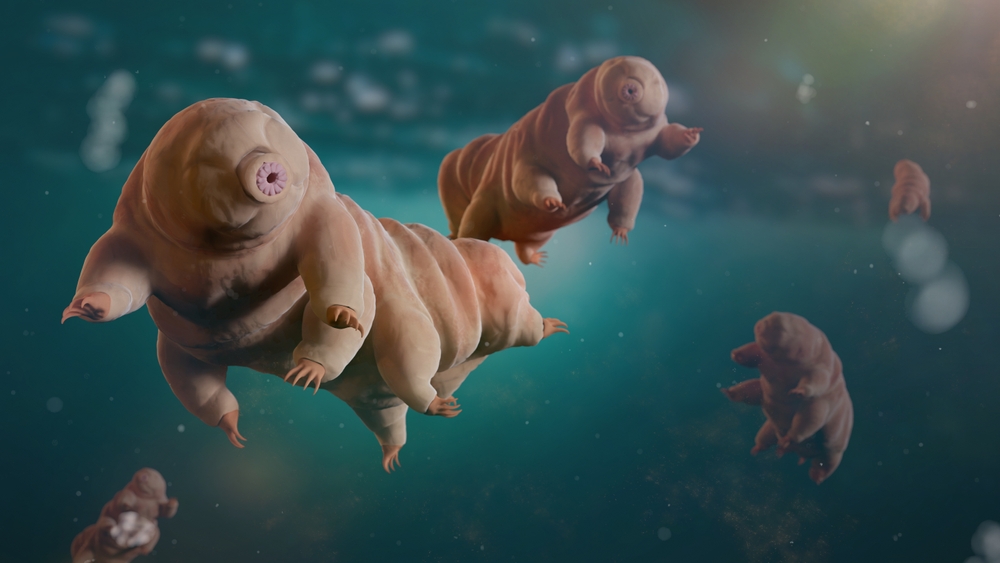
Tardigrades, also known as water bears, are microscopic creatures that have earned their title as some of the hardiest organisms on Earth. These tiny champions can survive in almost any environment imaginable, from the frigid vacuum of space to the intense pressures of the deep sea. Their secret weapon? A process called cryptobiosis, where they effectively shut down their metabolic processes and lose almost all of their water content. This state allows them to withstand extreme temperatures, radiation, and even the absence of air. According to Smithsonian Magazine, tardigrades can endure conditions that would be fatal to nearly all other life forms.
But how do they come back to life once the going gets good? When favorable conditions return, tardigrades rehydrate and resume their normal activities, as if nothing happened. This incredible resilience has sparked interest in scientific fields like astrobiology, where researchers study tardigrades to understand how life might survive on other planets. Tardigrades are a testament to the remarkable adaptability of life, continually intriguing and inspiring scientists worldwide.
2. Antifreeze Blood of the Antarctic Icefish
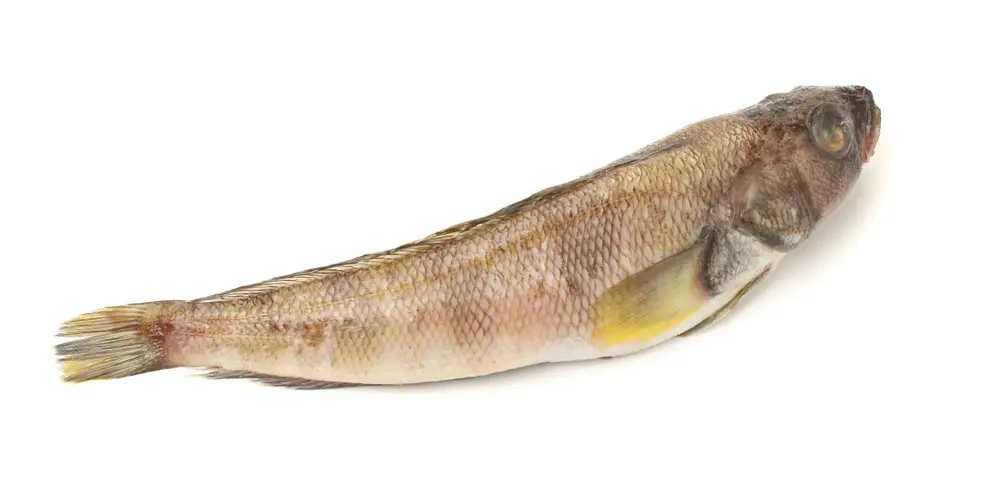
In the icy waters surrounding Antarctica, a fish with translucent skin and blood filled with antifreeze proteins thrives, known as the Antarctic icefish. This unique adaptation allows them to survive in water temperatures that would freeze the blood of most other fish. The antifreeze proteins in their blood bind to ice crystals, preventing them from growing larger and potentially lethal. It’s a fascinating example of evolution adapting life to the harshest of environments.
The icefish’s lack of red blood cells and hemoglobin makes it an anomaly in the fish world, with its blood appearing almost clear. Despite this, the icefish manages to extract enough oxygen from the cold, oxygen-rich Antarctic waters to sustain itself. The Antarctic icefish is a marvel of nature, proving that life can find a way even in the most inhospitable places. This unique adaptation highlights the diverse and creative solutions organisms have developed to survive in extreme conditions.
3. Desert Snails and Their Extreme Hibernation Skills

In the scorching heat of the desert, survival is no easy feat—unless you’re the desert snail, which has an extraordinary method for enduring the harsh conditions. These snails go into a state of estivation, a kind of summer hibernation, to conserve moisture and energy during the hottest and driest months. They seal themselves within their shells using a layer of mucus that hardens into a protective barrier called an epiphragm. This adaptation allows them to survive without water for several years, if necessary. According to the BBC, some desert snails have been known to wake up from these long slumbers and continue their lives as if no time had passed.
When the rains finally arrive, these snails emerge, rehydrate, and resume their search for food. Their ability to withstand such extreme dehydration highlights the incredible lengths to which life will go to persist in challenging environments. The desert snail’s survival strategy is a reminder that even the smallest creatures can teach us valuable lessons about resilience and adaptation. This remarkable adaptation ensures these snails continue to thrive in some of the most unforgiving habitats on Earth.
4. Wood Frogs: The Living Popsicles
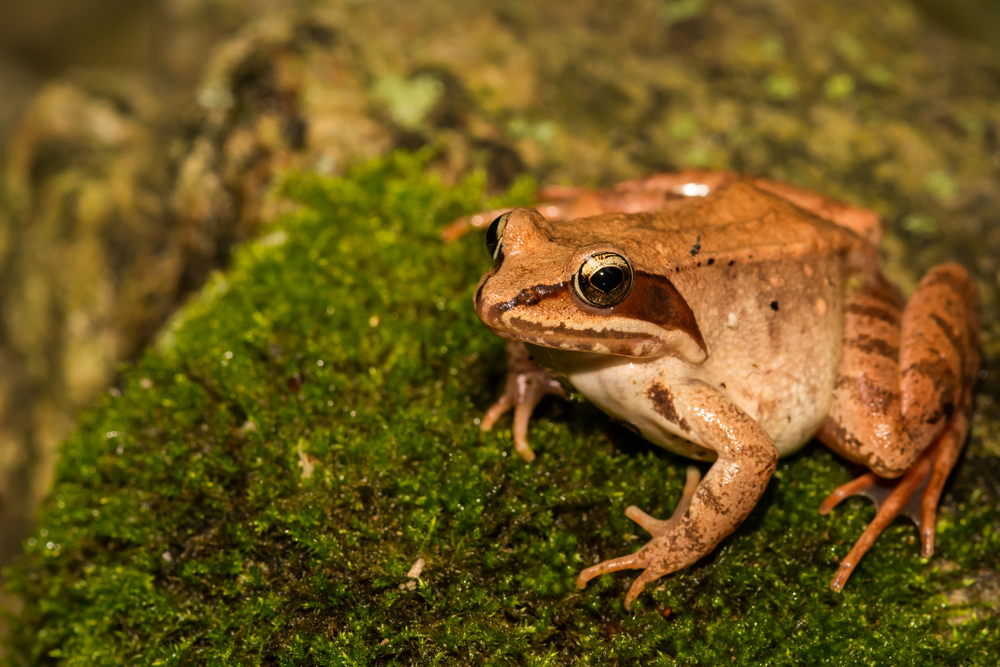
When winter descends upon the forests of North America, wood frogs employ a remarkable strategy to survive the freezing temperatures. These amphibians allow themselves to freeze solid, entering a state of suspended animation until spring. Their bodies are equipped with natural antifreeze compounds, like glucose, which protect their cells from damage during the freezing process. As temperatures drop, wood frogs stop breathing, their hearts stop beating, and up to 70% of the water in their bodies turns to ice.
Despite appearing lifeless, these frogs are very much alive, ready to thaw out and continue their lives once the weather warms. When spring arrives, they defrost and return to their ponds, none the worse for wear. This incredible adaptation is a testament to the resilience of nature, showcasing the creative ways life can endure extreme conditions. Wood frogs remind us that survival often involves embracing the cold in ways we’d never expect.
5. The Sahara Silver Ant’s Race Against Heat
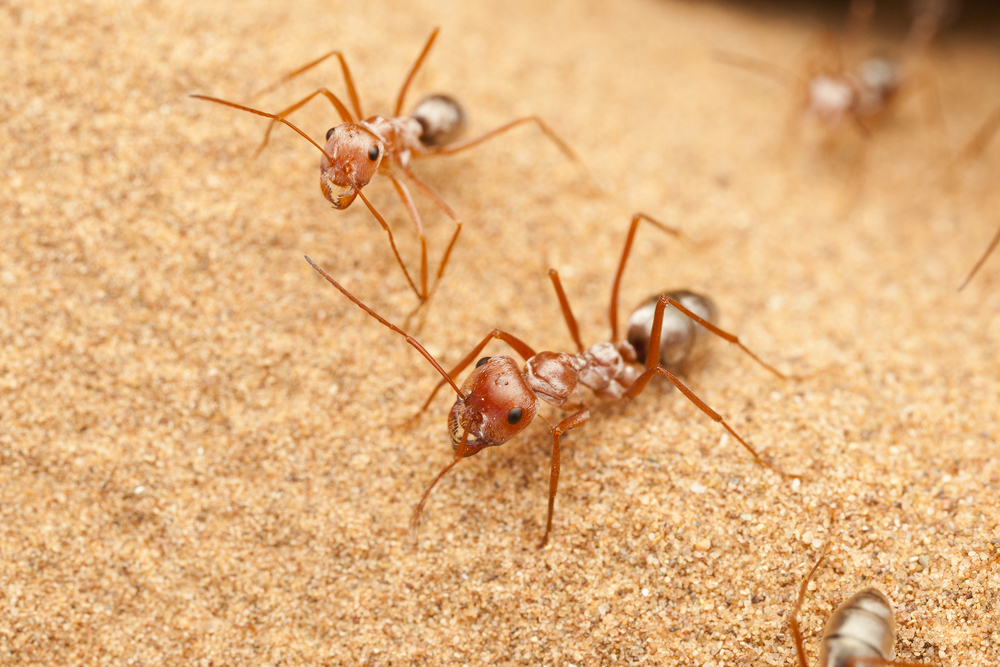
In the sweltering Sahara Desert, the Sahara silver ant has mastered the art of surviving blistering temperatures that can reach up to 158 degrees Fahrenheit. These ants have developed a unique silver coating on their bodies that reflects sunlight and reduces heat absorption. This reflective armor allows them to forage for food during the hottest part of the day, when predators are less active. However, their trips are short-lived, as even these heat-resistant ants can only withstand the extreme temperatures for about 10 minutes.
Their incredible speed is another key to their survival. Sahara silver ants are among the fastest insects on Earth, racing across the scorching sand at speeds equivalent to a human running over 200 miles per hour. This speed helps them quickly find food and return to their cooler underground nests before succumbing to the heat. Their survival strategy is a brilliant example of adaptation, showcasing how living organisms can thrive in some of the planet’s most hostile environments.
6. Freeze Avoidance in the Arctic Woolly Bear Caterpillar
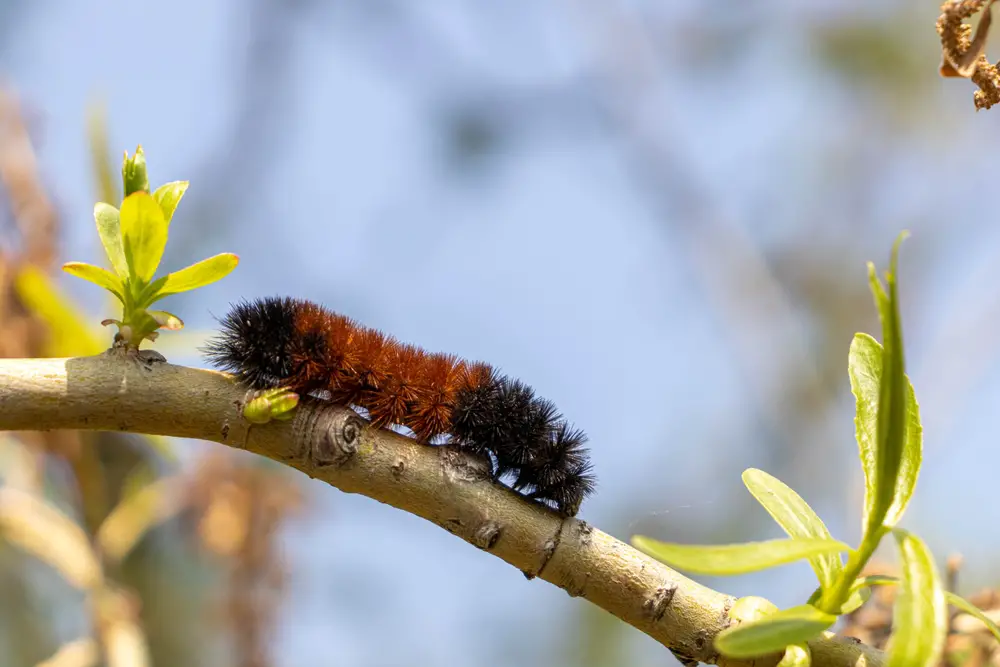
The Arctic woolly bear caterpillar has an astonishing strategy to survive the extreme cold of the Arctic tundra. Instead of trying to fight the cold, this caterpillar embraces it, entering a state of freeze avoidance that allows it to endure temperatures as low as -90 degrees Fahrenheit. During the winter months, the caterpillar’s body fluids contain high concentrations of glycerol, a natural antifreeze that prevents ice from forming within its cells.
This unique adaptation allows the caterpillar to freeze almost solid but remain alive. Each year, the caterpillar thaws and feeds for a brief period during the Arctic summer before refreezing for another long winter. This cycle can repeat for up to 14 years until it finally pupates and emerges as a moth. The Arctic woolly bear caterpillar’s survival strategy is a remarkable example of nature’s ingenuity, demonstrating how life can adapt to even the most challenging climates.
7. The Lizard That Drinks Through Its Skin
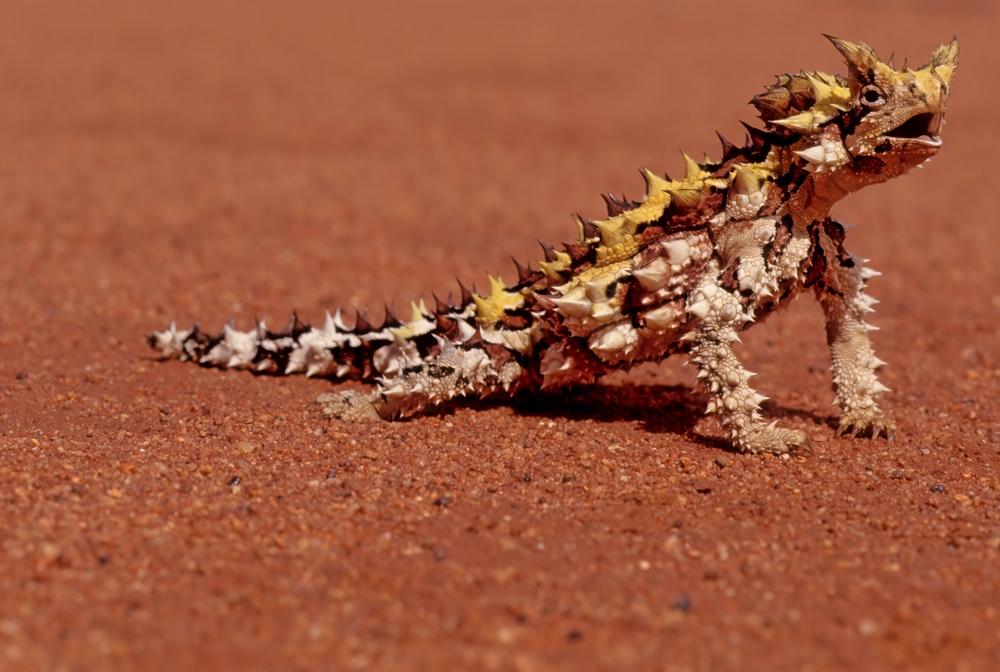
In the arid landscapes of Australia, the thorny devil lizard has developed an extraordinary ability to drink water through its skin. This spiky reptile relies on a network of tiny channels between its scales to capture and transport water across its body. By collecting moisture from dew, rain, or even damp sand, the thorny devil can stay hydrated in its harsh desert environment. It’s an ingenious adaptation that showcases the lengths to which life will go to secure life’s essential resources.
The thorny devil’s unique drinking method is not the only trick up its sleeve. Its distinctive coloration and spiky appearance provide excellent camouflage, allowing it to blend in with its surroundings and avoid predators. This lizard’s ability to adapt to its environment highlights the resourcefulness of nature and its endless capacity for innovation. The thorny devil is a true desert survivor, utilizing every available resource to thrive in its challenging habitat.
8. The Alaskan Wood Frog’s Winter Sleep
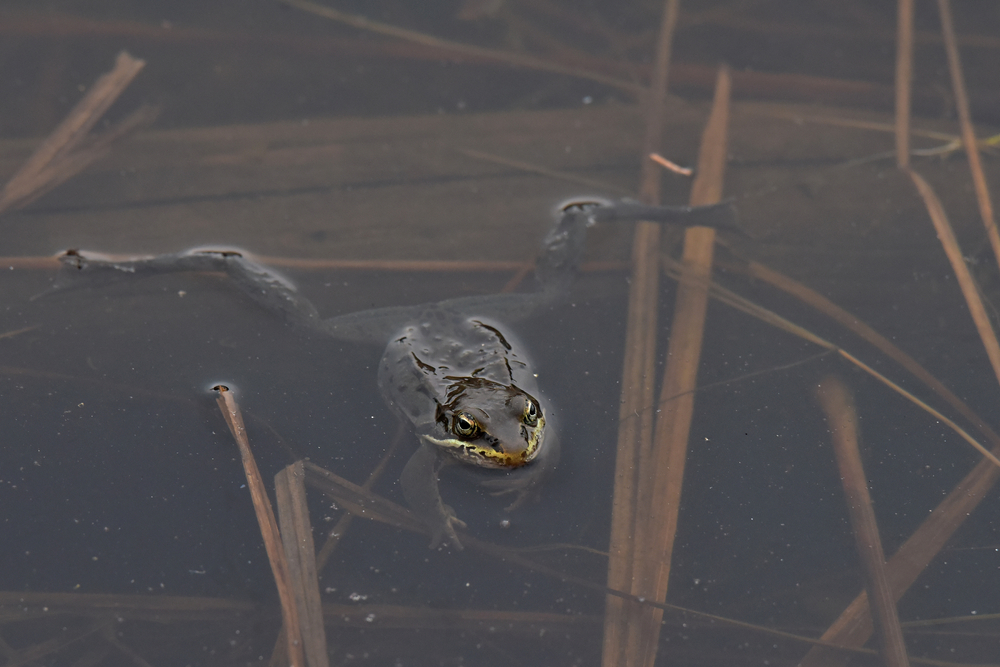
The Alaskan wood frog has mastered the art of surviving freezing winters by employing a unique form of hibernation. When winter arrives, these frogs allow their bodies to freeze completely, entering a state of suspended animation. Their secret lies in the high levels of glucose in their blood, which act as a natural antifreeze, protecting their cells from damage during freezing temperatures.
Throughout the winter months, the wood frog’s heart stops beating, and its body appears lifeless. Yet, as soon as the temperatures rise and spring arrives, the frogs thaw out, their hearts start beating again, and they resume their regular activities. This incredible survival tactic is a testament to nature’s adaptability and the ingenious methods life uses to endure extreme conditions. The Alaskan wood frog’s winter sleep is a fascinating example of how organisms can push the boundaries of survival.
9. The Sahara Desert’s Plant That Waits for Rain
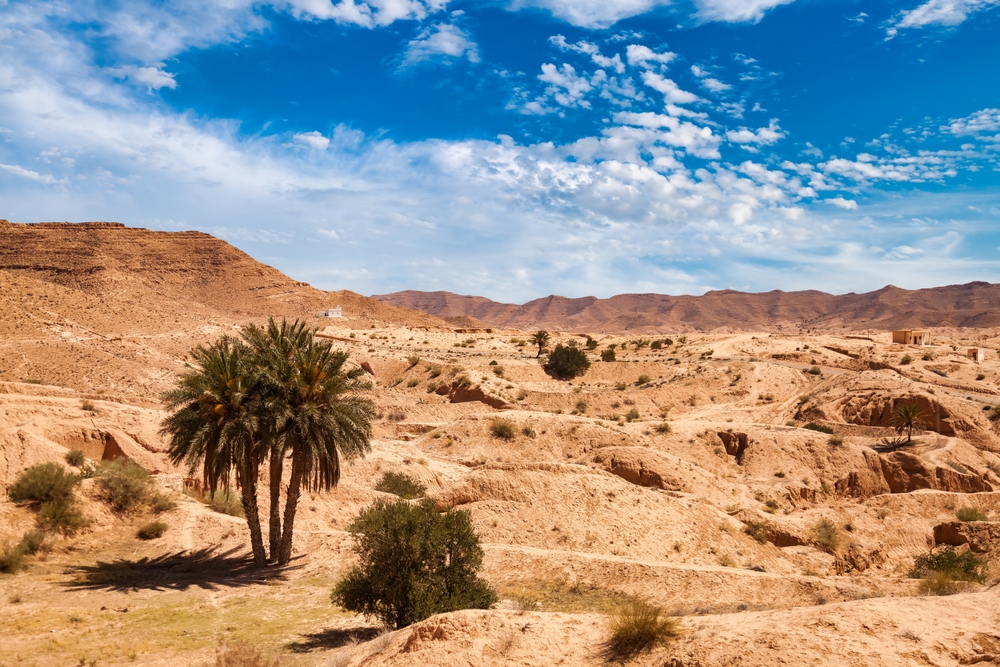
In the arid Sahara Desert, survival is all about patience and timing, a lesson learned by the resurrection plant. This remarkable plant can survive months, if not years, without water, appearing dry and lifeless as it waits for the rain to return. Once the rain finally arrives, the plant springs back to life, unfurling its leaves and resuming photosynthesis. This ability to withstand long periods of drought has earned it its fitting name.
The resurrection plant’s survival strategy is a remarkable display of resilience, showcasing how life can endure even the harshest environments. Its ability to bounce back after such long periods of dormancy highlights the adaptability of nature and the incredible lengths to which organisms will go to survive. The resurrection plant is a living testament to the power of patience and the importance of timing in the battle against extreme conditions.
10. The Fish That Walks on Land
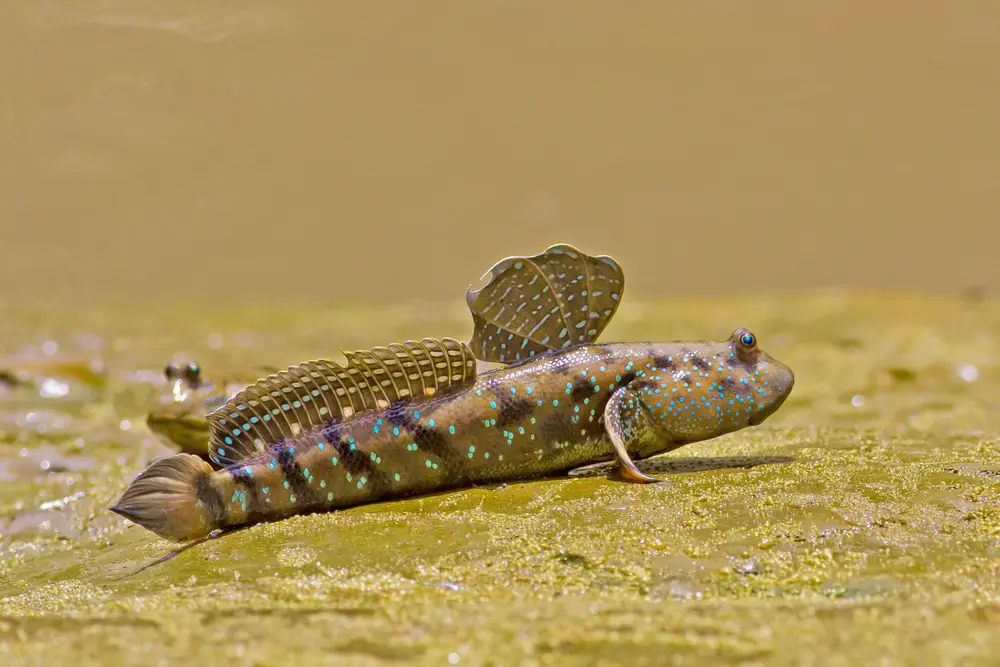
The mudskipper is a fish with a unique talent: it can walk on land. Found in the muddy shores and mangrove forests of Africa and Asia, mudskippers have evolved to thrive in environments where water and land intermingle. Their powerful fins allow them to “walk” or “skip” across the mud, enabling them to move between pools of water and avoid predators. This remarkable adaptation allows them to exploit resources in both aquatic and terrestrial environments.
Mudskippers also have unique adaptations for breathing, as they can absorb oxygen through their skin when on land. They have specialized gills that retain moisture, allowing them to respire both in and out of water. This dual ability to survive in different environments makes the mudskipper a fascinating example of evolutionary ingenuity. Their unusual lifestyle demonstrates the versatility of life and its ability to adapt to a wide range of conditions.
11. The Antarctic Fish with Antifreeze Blood
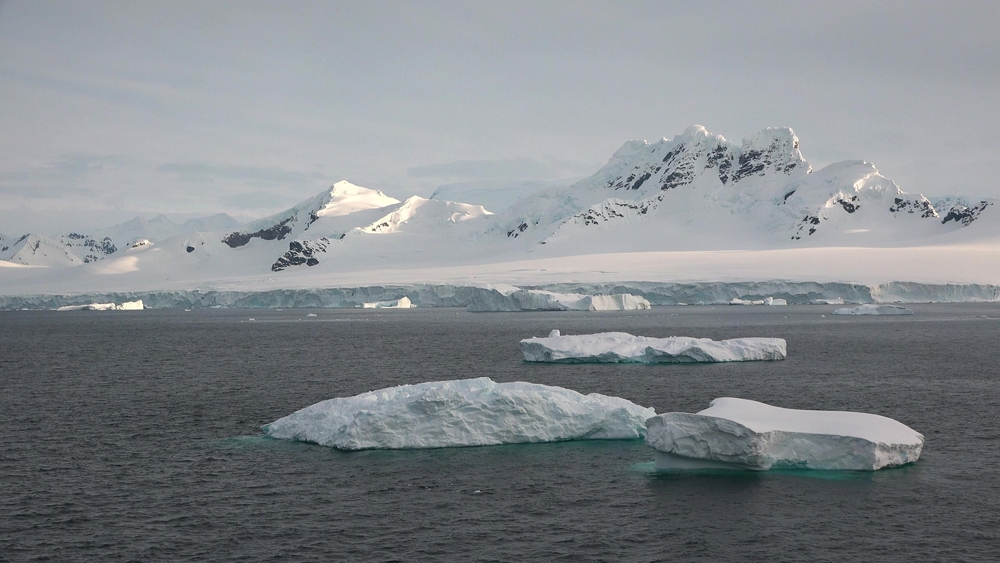
Meet the Antarctic toothfish, a species that has developed an extraordinary adaptation to survive the sub-zero waters of the Southern Ocean. This fish produces glycoproteins that act as antifreeze, preventing its blood from freezing in the frigid temperatures. These antifreeze proteins bind to small ice crystals, inhibiting their growth and keeping the fish’s blood flowing even in icy waters.
The Antarctic toothfish’s adaptation is a remarkable example of how life can evolve to thrive in extreme environments. This ability to survive in temperatures that would freeze most other fish is a testament to the resourcefulness of nature and its capacity for innovation. The Antarctic toothfish’s antifreeze blood showcases the lengths to which life will go to endure and adapt in the face of challenging conditions.
12. The Desert Fish That Survives Dry Spells
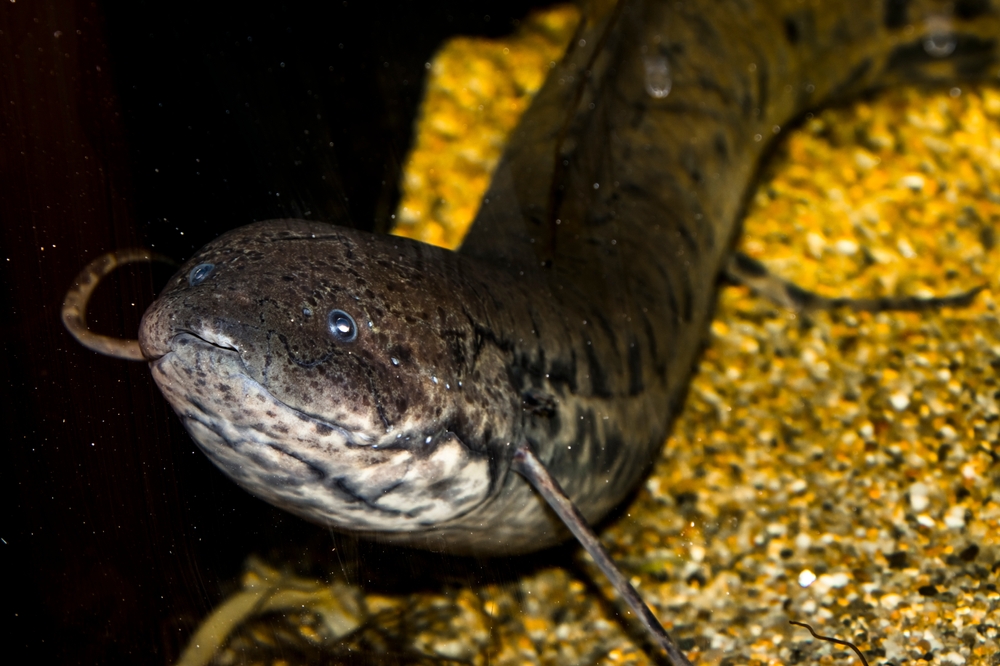
In the arid regions of Africa, the African lungfish has developed a unique strategy to survive extended dry spells. When the water dries up, these fish burrow into the mud and secrete a protective mucus cocoon, which helps them retain moisture and breathe through their skin. This state of estivation allows them to survive for months, or even years, without water. The lungfish’s ability to endure such extreme conditions is a testament to the resilience of life in challenging environments.
When the rains finally return, the lungfish emerges from its cocoon and resumes its normal activities. This incredible adaptation highlights the power of patience and the importance of timing in the struggle for survival. The African lungfish is a remarkable example of nature’s ingenuity, demonstrating how life can adapt to thrive in even the most unforgiving habitats.
13. The Arctic Bird That Eats Its Own Poop
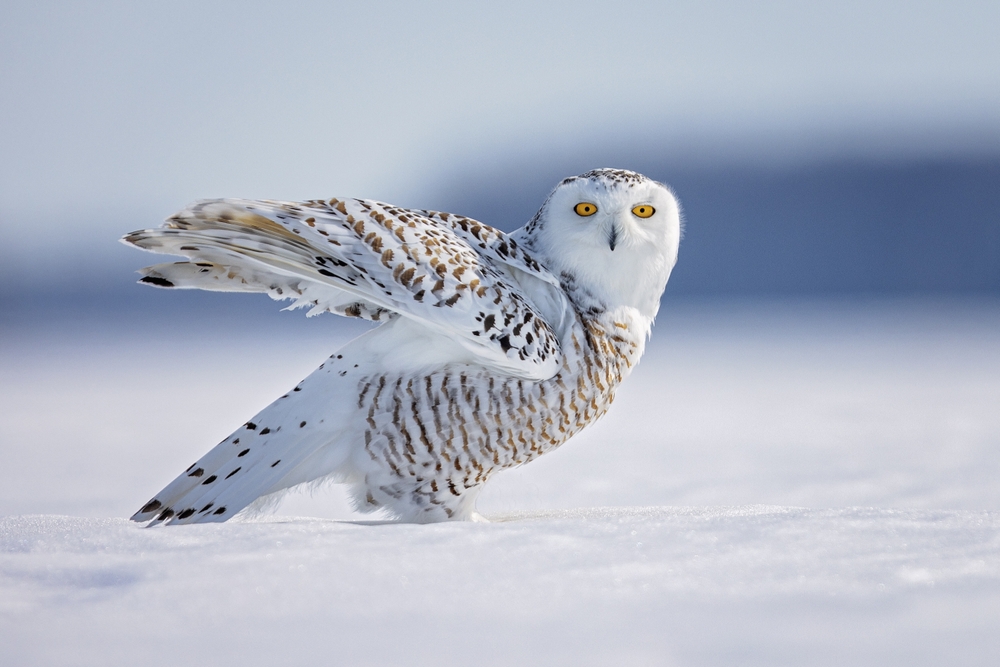
In the harsh Arctic environment, the snowy owl has developed a rather unusual survival tactic: eating its own poop. During the long, dark winter months, food can be scarce, and this resourceful bird has learned to make the most of what it has. By consuming its own feces, the snowy owl can extract any remaining nutrients and energy that might have been missed during initial digestion.
This behavior highlights the lengths to which animals will go to survive in extreme environments, making use of every available resource. The snowy owl’s unusual dietary habit is a testament to the adaptability of life and its ability to find innovative solutions to challenging problems. It’s a fascinating example of nature’s resourcefulness and the incredible strategies animals develop to endure harsh conditions.
